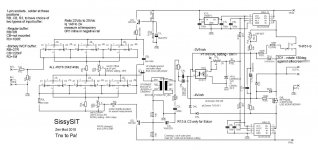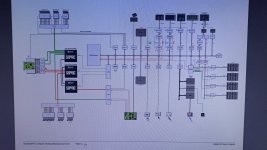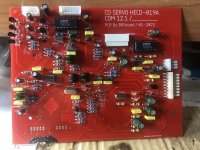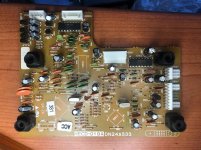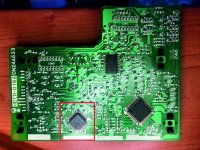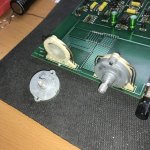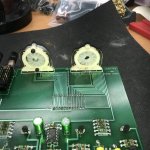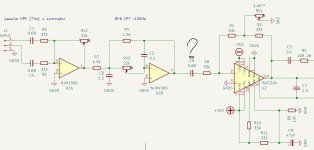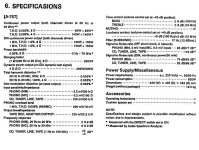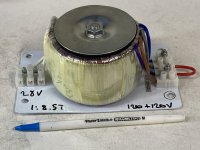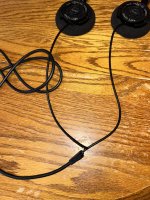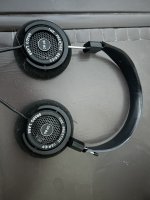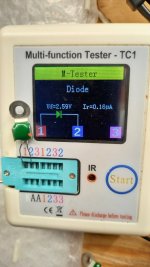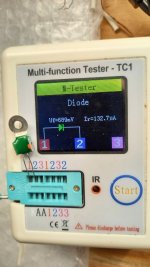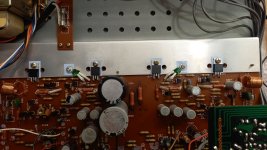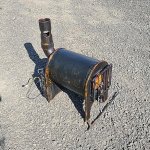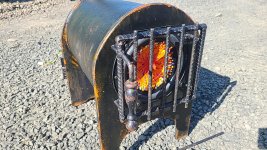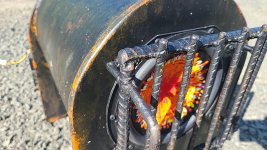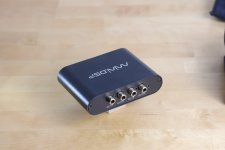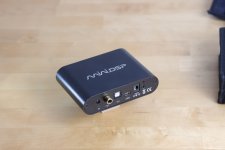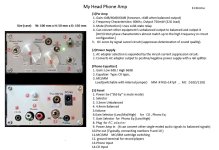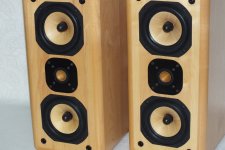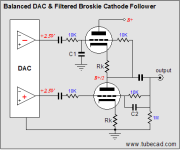threads are here :
Babelfish M25 , AKA M2 on steroids , AKA M2-XA25 bstrd
SissySIT
reminder - read everything linked
last , hopefully most clear and informative schematics are here ,
take care to read all notes !!!!!
Edit on 02.11.2018. :
Populating pcbs :
- as always , mount first all resistors , take care to slightly elevate R8 - to ease measurements across it while setting current through input buffer JFets
-if you're eager to try Borbely White Cathode Follower thingy (input buffer iteration) , read note on left top of schematic ; if you're lazy to do that , just ignore 1-pin sockets you got and normally solder parts , according to mentioned note
-diodes - everything pretty straightforward , except
ZD1 - for Babelfish M25 orientate it as silkscreen is showing ,
for SissySIT orientate it contrary/opposite to silkscreen
take care that Babelfish M25 is having differently connected protection diodes than SissySIT; for B. M25 populate on pcb just those positions shown on B. M25 schematic , for SissySIT populate on pcb just those positions shown on SissySIT schematic !! ...... but you already know that , because you studied both schematics in detail 
- two tiny (isolated) wire bridges on right channel pcbs - mount it just for SissySIT , you don't need it for Babelfish M25
-solder trimpots in place ,
take care of notes in schematic about their initial setting value; it is absolutely essential!!!.... ignore left-right , use ohmmeter to check resistance
-solder all caps , be careful with polarity ..... I tried to ease life for all of us , putting + mark for each position , where it belongs
-solder BD transistors , take care of pinout -
metal tab goes where thick stripe on silkscreen is - for both channels metal tabs are looking one at another ; slightly separate them , just to be sure that there is no possibility of contact between them
-solder 7805 regs ; again -
metal tab goes where thick stripe is on silkscreen ; don't ask did I made a mistake of mounting at least one backwards

-solder optocouplers ; it's logical looking at silkscreen where corner dot goes ; if it isn't logical to you , see post #593
Babelfish M25, SissySIT - general building tips and tricks
-solder JP pins ,
leave it open for now , and close it (with that red plasticky thingie) only later when you set buffer DC output offset
-regarding signal xformers ....... as written in previous thread(s) , pcb is made that you can use either Edcor PC600:15K (same one as in M2) , or Jensen JT-123-FLPCH (same one as in M6) , or Cinemag CMOQ-4LPC (same one as in DEFiSIT and SIT-3) .
choose which you want , according to myths and legends , and expect to follow this procedure for Cinemags - locate pin 1 per datasheet , mark it with red dot , then cut pins 1 , 6 , 7 and 12 .......... (no fuss - they're unconnected anyway) ..... that solution was absolutely essential , to be able to squeeze pads for all 3 types .... then find proper orientation on pcb and solder them on pcbs
if you are not using Edcor , and you didn't read notes on schm and you already soldered R13 , just cut it's pins

some pics of necessary xformers trickery , post #62 ,
Babelfish M25, SissySIT - general building tips and tricks
More about xformer trickery - Cinemag pinout and orientation on pcb , post #652 ,
Babelfish M25, SissySIT - general building tips and tricks
Edit on 05.11.2018. :
-prepare mosfet(s) , bending their pins up ; in case of Babelfish M25 - because they're practically covered with pcb so you can't see type , it's impossible to see later did you put proper one in position , so maybe is clever to use white permanent marker and write "240" and "9140" on narrow top surface of mosfet case , so later you can check are they properly mounted ; again - don't ask did I tried functionality of Babelfish M25 with two IRFP240 , instead of 240+9140

-it's clever to use Keratherm - bought either from Store , or from conrad.de , for Greedy Boyz being on my side of Big Splash
-put mosfets on/under the pcb , in exact arrangement with mounting hardware as can be seen in posts #2 and #3 , just bellow this one ; to remind you , exact arrangement is :
heatsink-Keratherm-mosfet-pcb-big washer-smaller washer if needed-springie washer as absolutely necessary part-bolt
tighten with brain , not force , but not skimp on necessary force ; my solution is to always use stainless steel washers and especially Allen bolt , because nowadays that's only way to have certainly mechanically proper part ........ usual steel bolts are more often utter drek than not
-pcbs are made for UMS , so in case of Babelfish M25 - again see pictures - you have 3 mounting points - 2 are mosfet places , third one single bolt with plastic or metal distancer between pcb and heatsink, long as mosfet thickness ; in case of SissySIT - you have one mosfet place and 2 distancers ; that way pcb is dead spot on
-speaking of SissySIT , there you need some work regarding SIT mounting , but pretty much everything you can see from pictures in SissySIT thread , post #2 especially , but there are others ;
SissySIT ; if you have doubt , ask here in thread ; better to use M4 hardware than M3 , but M3 is also OK if you strictly use SS and take care about proper support of isolating bushings etc.
mount both pcbs , and when you bolted everything as needed , then solder mosfet(s) and SIT (in case of Sissy)
Edit on 11.11.2018. :
now ...... few words about PSU ...... Papa's mono PSU drawing from F6 article is handy , few more words about - read in post #113 of this thread :
Babelfish M25, SissySIT - general building tips and tricks
so , say that you populated pcbs , and mounted everything in case , along with PSU ; for SissySIT - be creative with SIT mounting - take care of proper isolation of everything and proper pinout (body drain , fat pin source , thin pin gate ) and having "flying'' gate resistor as close is possible to gate itself ; heatshrink flying one together with wire , it's stronger critter that way
you didn't forget to test PSU alone ?
best to work on one channel at a time only ; if you have dual mono (which this amp more than deserves) construction , mount mains fuse in one channel only and work on it (you can work on other one , but that's hard to do anything with dead one

) ; if you have (God Forbid!) shared PSU , then wire just one channel to PSU
IMPORTANT: insert 0R1, 3W minimum , resistor in-line with negative rail ; check one more time that all trimpots are where need to be ( read notes on schmtcs) and that JP1 is open ; if you have CRC PSU filter , you can use R in C
RC instead mentioned 0R1 in neg. rail ; in that case ,when you set Iq and DC offset , you're done ; don't be alarmed seeing normal surge across that resistor while caps are pulling their juice during power up
mount one DVM across outputs , 2V range ; second one across 0R1 resistor , 200mV range
input shorted , no load on output
power it up , observe output - no more than 1V or so allowed ..... if more , something is fishy - power it off and cry here ; in same time - DVM across 0R1 must stay pretty much undecided ..... few mV or so are allowed
wait few mins , calming your breathing , then turn Iq trimpot 2 or 3 turns .......... wait few mins again to see is there any positive change in readout ; any change will be slow due to enormous RC constant of biasing circuit
turn 2 more turns and observe ........ wait 2 mins and repeat - in one moment there will be change - readout increasing as 3m3 Pana cap is getting juice , which means that gates of SIT and mosfet are going one from another , thus opening both of them for current
be patient - repeat procedure of 1-2 turns more untill you get steady 100 to 120mV across 0R1 , and in same time you can play a little with DC offset trimpot , to get it closer to 0mV
let it sit for some time , to allow heat in heatsink , then fiddle with pot to get more juice in , closer to (say) prescribed 180mV , which means 1A8 flowing through OS
if you're in ballpark of - say- 150-160mV and nice offset , put lid on and wait 10min , observing readouts all the time
coffee or tea are nice to have in proximity , and use it ........
if after 10 min everything is steady , pull lid off , power off and connect other channel ... repeating entire procedure
when you have both channels at 150-160mV across 0R1 , then you can play iteratively between them , to obtain 180mV at monitoring resistor (0R1) and 0mV at output
final fiddle with lid on , of course
when everything is steady , there must be also temp equilibrium of entire case ....... power off , remove both 0R1 and solder negative rail wires in their proper places
power up , re-set output offset , let it cook , re-check offset ;
now is proper time to set input buffers - pretty straightforward procedure , read notes in schematic ; it takes just a little time
in short - put your voltmeter (DC , 200mV range ) across R8 ; fiddle with R6 trimpot to get reading of 20mV , which means buffer Iq is 20mA
connect voltmeter (DC , 200mV range ) between GND and pin1 of JP ; fiddle with R7 to get as close to 0mV you can ; pin 1 is , well - forget orientation - this is one of two pins - showing a change in readout when you fiddle with R7
🙂
when you're done with that , close JP
put lid on , put screws in place
connect cheap dumbass speakers on outputs and your Ipod/pad/phone/CD/playstation/whatever on inputs , put some musak
if cheap dumbass spks are happy , and I'm good for that - connect your precious spks and sources and enjoy
did I forgot something ?
let me know .......
aha - always test isolation between output parts and heatsink ; proper torque is your friend ; use stainless steel screw/bolts/nuts/washers ; always use springie washers , also for Graetz bridges - they are going to die if nut goes loose and they're flapping on bottom of case ; speak friendly with your neighbors .... that way you'll enjoy your music in any time of day or night ; coffee and tea are ...... good outside of an amp ;
edit on 29.11.2018.
R4 and R5 - values changed from 27R to 39R , to cover broader range of input critters Idss ; will edit schmtcs later and bug Mods to change them in this post
edit on 20.12.2018.
I decided to change value of R3 , when used as Borbely WCF - instead of 1Meg , it is now 220K - calmer transient behavior during powering ON
edit on 13.09.2019.
SIT :
body is Drain
big pin is Source
small pin is Gate
Mosfet is , name to your face , pins down - from left to right - G, D, S
SissySIT parts placement, post #1048
I'll have more if needed, but for now - 42
edit on 17.09.2019. :
P1 pre-set help post #1092 ,
Babelfish M25, SissySIT - general building tips and tricks
edit on 01.10.2020.
Last iteratioon of schematic , with change to 6N139 optocoupler :
schematic post
#1492
pcb sshot post
#1529
edit on 31.12.2020. (damned year!) :
ERROR on SissySIT R2 pcb, left channel - post #1820, link : Babelfish M25, SissySIT - general building tips and tricks
ERROR No2. on SissySIT R2 pcb, both channels - post #1867, link:
Babelfish M25, SissySIT - general building tips and tricks ; I'm pretty sure that's the last one
😱
Remedy shown in post #1886:
Babelfish M25, SissySIT - general building tips and tricks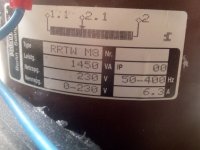
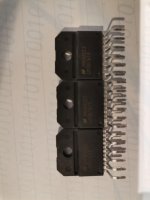
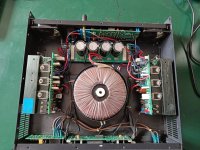
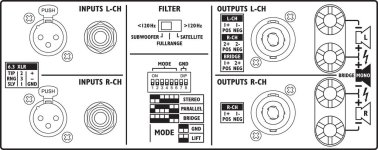

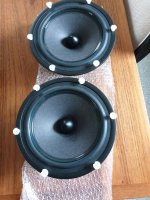
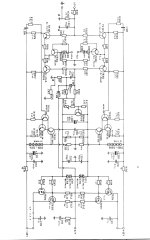
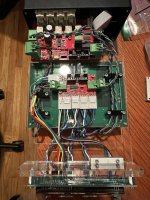
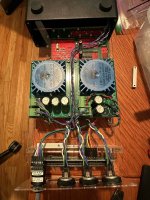
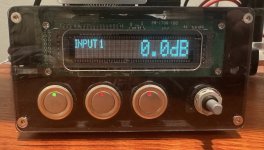


 ) ; if you have (God Forbid!) shared PSU , then wire just one channel to PSU
) ; if you have (God Forbid!) shared PSU , then wire just one channel to PSU
